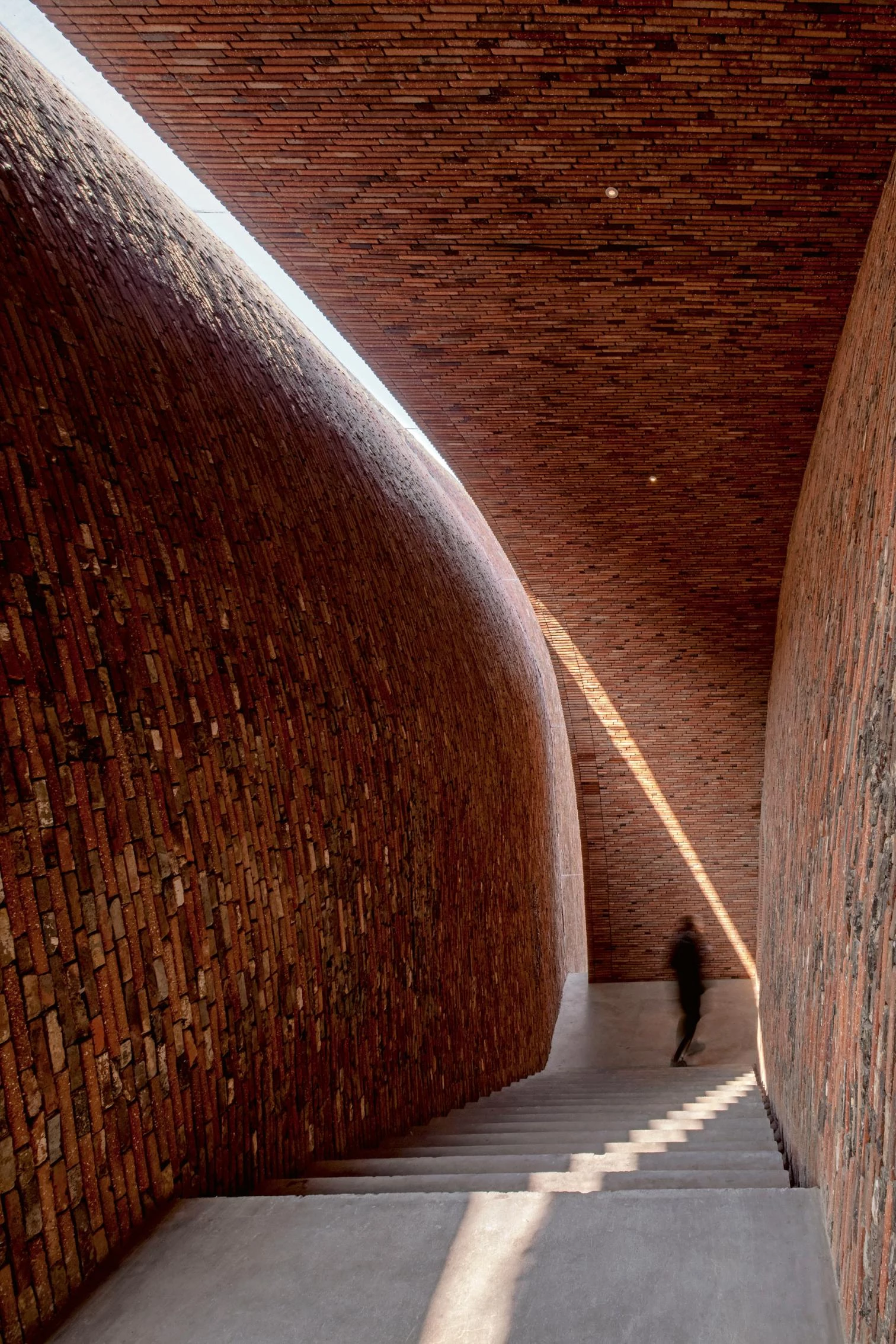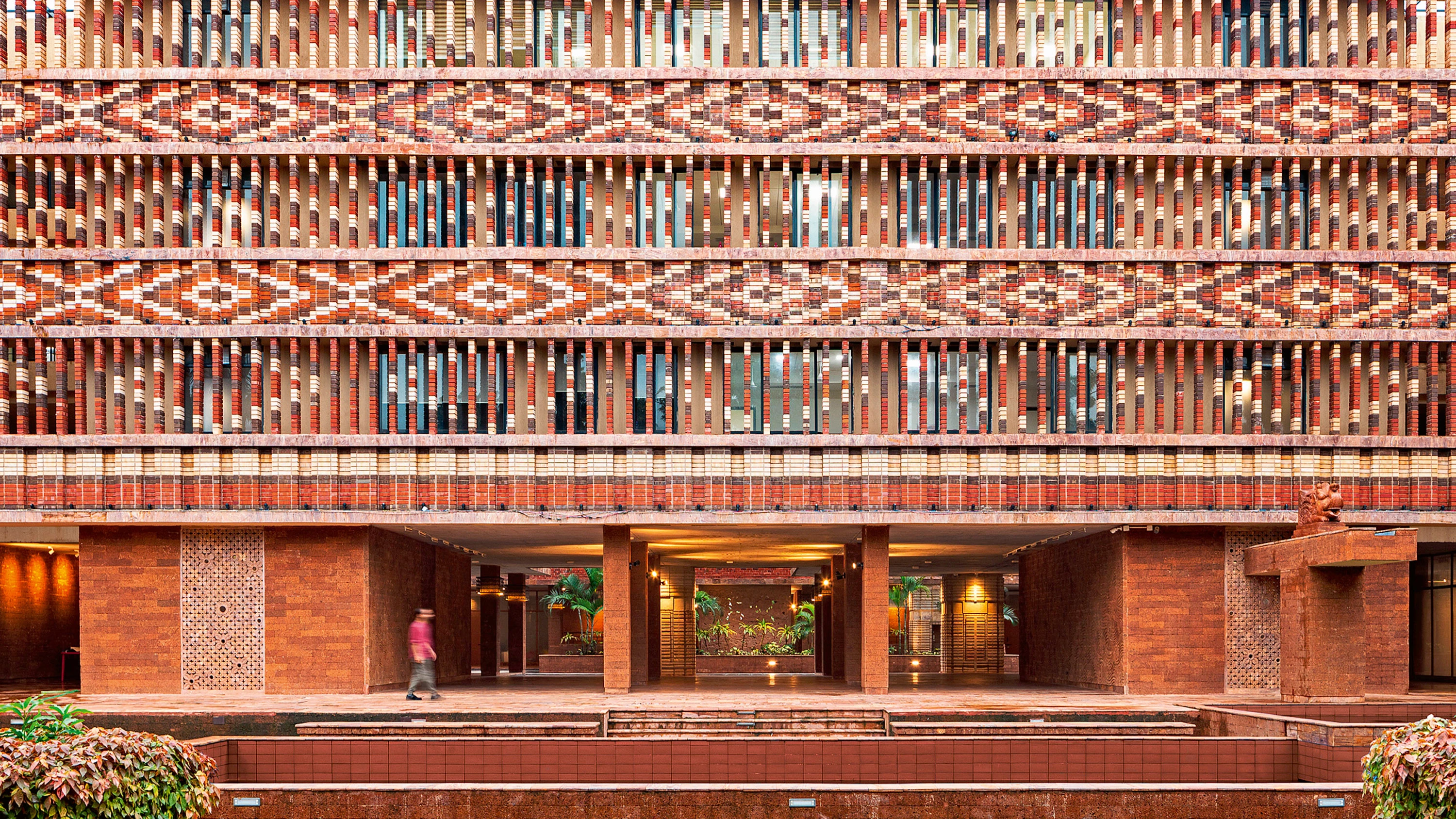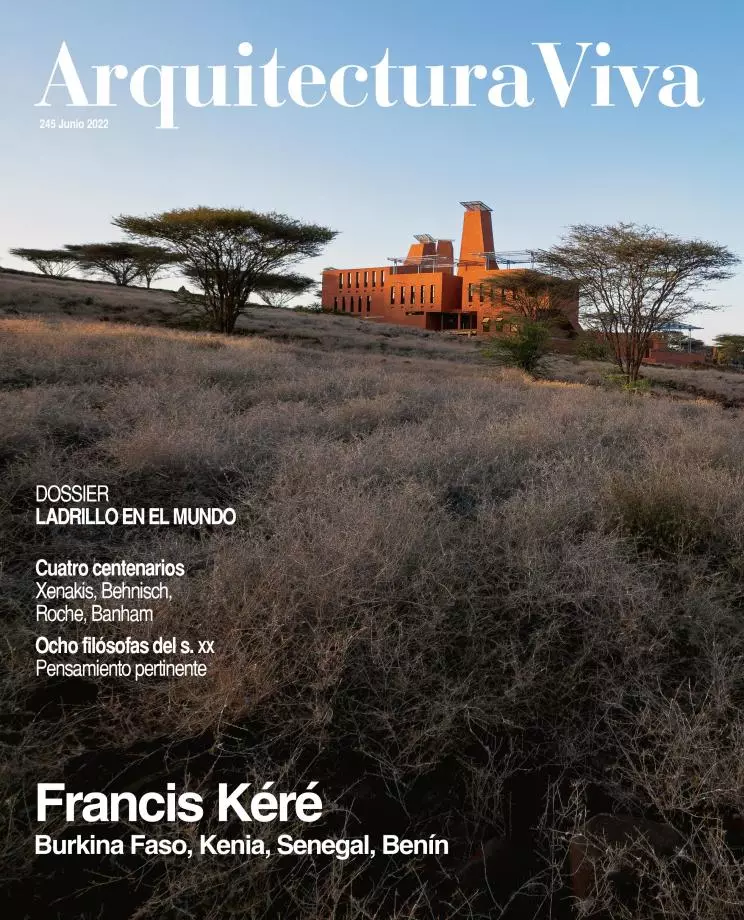Ancient Vanguard
Past and Future of Brick

Studio Zhu Pei, Imperial Kiln Museum, Jingdezhen (China)
Nothing is timeless, still less in architecture, but if one had to look for a material to represent the notion of permanence, it would be brick. Wood was perhaps the first ever to be used by humans, and will perhaps continue to be the one most widely utilized, yet it does not give the impression of being long-lasting. Stone does, but at the cost of bearing the burden of association with the past. Brick, in contrast, while counting among the most ancestral of all materials, has remained in use through very different periods and contexts, yet it is neither seen as being contradictory to innovation nor as having the blemish of anachronism. In reality, it is a contemporary material in its own right.
The reasons for the fidelity of brick vary in nature. One is economic: it is a cheap material, thanks to the abundance of clay everywhere in the world and the fact that the process of making bricks is very simple. Another is its efficiency as a component for building resistant, watertight walls that in theory need no special finish other than their own. The third reason is its scale: quintessentially anthropomorphic, bricks have the length of a person’s foot and the thickness and weight of a hand, more or less, but bonded together with expertise and skill, they are able to sustain huge structures. The fourth is its versatility when builders have to solve different architectural problems, with patterns rich in form and constructional rigor.
These advantages – which hold true today as much as they did yesterday – are joined by four more current ones. First is the haptic character of brick, which makes it attractive from the phenomenological or pseudophenomenological viewpoint. Next is its being a ‘natural’ material. Then comes its capacity to evoke very different traditions (African to Central European, Chinese to Mesoamerican) and the local connotations, even wider in variety, that are inscribed in each one of them. And there is its compatibility with all types of bonding techniques, from traditional hand-based methods to the more technological processes, including robotized construction.
A range of advantages which Arquitectura Viva presents in a dossier through examples where brick effectively addresses the exigencies of four countries in as many continents. In the first case, the primary health care center in Premiá de Dalt (Spain), BAAS combines brick with concrete in creating an atmosphere of visual order; in the second, a public market in Matamoros (Mexico), the collective C722 uses brick to engage the silent plinth with the sculptural roof; in the third, the Our Lady of Victoria Monastery in Kijonjo (Uganda), Localworks handles brick on a triple note – formal, social, ecological; and finally, in the TaoCang Art Center in Jiaxing (China), Roarc Renew harnesses the material in a monumental and timeless way.[+]

Studio Lotus, Edificio Krushi Bhawan, Bhubaneswar (India)






